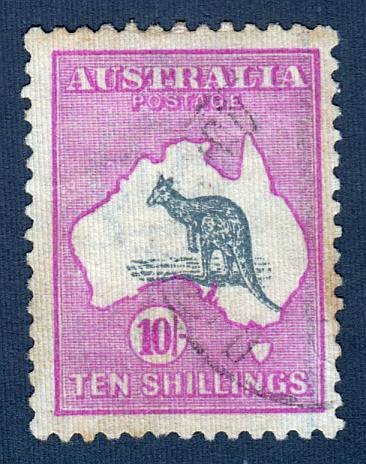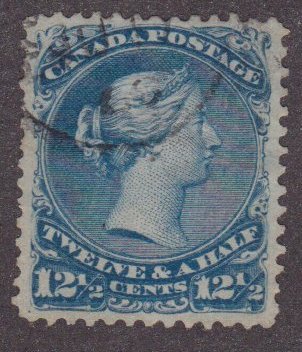
Discussion - Member to Member Sales - Research Center

Discussion - Member to Member Sales - Research Center

I don't know much about this stamp but I think it is the most interesting airmail stamp I have seen. I know it is from Lithuania and was issued in May of 1935.
Anyone know anymore detail about why this design?


3 Members
like this post.
Login to Like.
From the set of five stamps issued May 18, 1934, to commemorate the first anniversary of a transatlantic flight attempt by two Lithuanian pilots. The stamp you posted depicts a crashed plane and an allegory of death.

Steponas Darius and Stasys Girénas, two Lithuanian-American pilots who were responsible for one of the first historical attempts in aviation: to make the first flight between New York and Kaunas, more than 6.411 km, without layovers, an achievement that was admired by the whole country and the whole world.

The air plane, baptized with the name of Lituanica, was acquired by the pilots in 1932 and was completely remodeled in order to adapt it to the transatlantic flight’s needs. It left New York in July 1933 and, after crossing the Atlantic, it was diverted because of the weather in Ireland, and it crashed near the former city of Soldin, in Germany (nowadays Pszczelnik, Poland). Both pilots died on the spot. There were only remaining 650 km in order to arrive to the final destination in Kaunas. The causes of the accident are unknown, but all signs point to mechanic problems combined with adverse climatic conditions.

6 Members
like this post.
Login to Like.

I am not really into many topical themes but I was putting this stamp into my BigBlue and decided to see if others find "art deco" designs interesting.
I don't know much about this stamp but I think it is the most interesting airmail stamp I have seen. I know it is from Lithuania and was issued in May of 1935.
Anyone know anymore detail about why this design?


3 Members
like this post.
Login to Like.

re: Art deco stamp designs
From the set of five stamps issued May 18, 1934, to commemorate the first anniversary of a transatlantic flight attempt by two Lithuanian pilots. The stamp you posted depicts a crashed plane and an allegory of death.

Steponas Darius and Stasys Girénas, two Lithuanian-American pilots who were responsible for one of the first historical attempts in aviation: to make the first flight between New York and Kaunas, more than 6.411 km, without layovers, an achievement that was admired by the whole country and the whole world.

The air plane, baptized with the name of Lituanica, was acquired by the pilots in 1932 and was completely remodeled in order to adapt it to the transatlantic flight’s needs. It left New York in July 1933 and, after crossing the Atlantic, it was diverted because of the weather in Ireland, and it crashed near the former city of Soldin, in Germany (nowadays Pszczelnik, Poland). Both pilots died on the spot. There were only remaining 650 km in order to arrive to the final destination in Kaunas. The causes of the accident are unknown, but all signs point to mechanic problems combined with adverse climatic conditions.

6 Members
like this post.
Login to Like.

